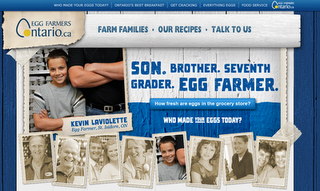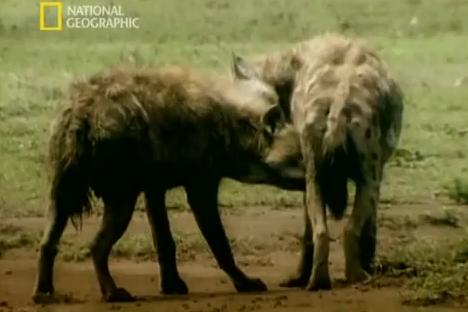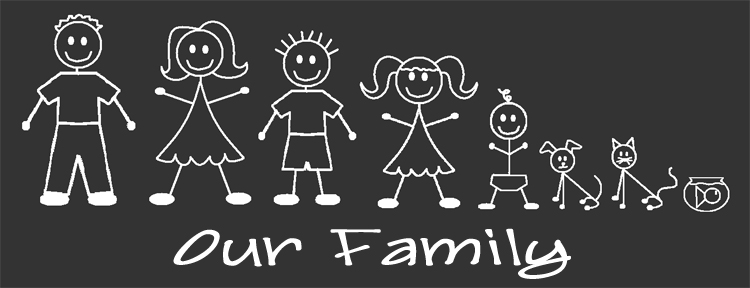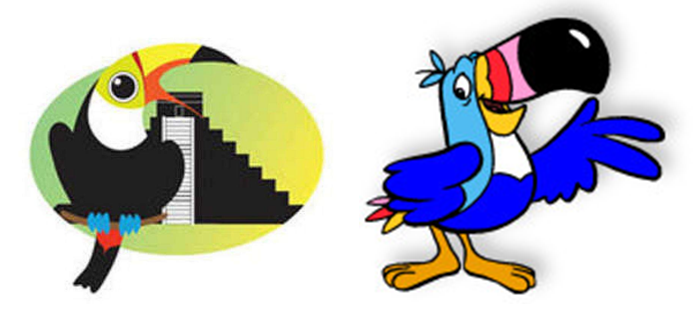This is the second of two posts about cruel practices in horse industries. The first was about horse racing.
Yesterday we covered the abuse of horses in horse racing; in this post we discuss a recent video released by the Humane Society. The video highlights an instance of a larger issue, which is how arbitrary human tastes can create incentives for cruelty.
The concern revolves around the Tennessee Walking Horse (TWH), a breed developed in the U.S. in the late 1800s and bred to have smooth gaits, including their distinctive “running walk,” that are unusual in most breeds. Over time, a more exaggerated version became popular among show judges and spectators at TWH shows; called the “big lick,” it requires horses to shift their weight to their back legs and pick their front legs high off the ground. Fans enjoyed the flashy, unusual movements and horses that performed the gait began taking home more prizes. This created a powerful incentive to get horses to exhibit the unnaturally exaggerated gait.
How do you get this gait? It’s possible to get some horses to do so through careful training. But to speed up the process, or for horses that aren’t learning, trainers developed a range of techniques. These first two are still allowed, under varying circumstances, during training and in the show ring:
- Using padding and weighted shoes to change how the horse stands and moves its feet (akin to how high heels shift a person’s weight and stance).
- Placing chains around the tops of their hooves to encourage them to pick their feet up more highly than they would otherwise (presumably they’re irritating).
- Place screws or nails in different parts of their front hooves or soles to cause discomfort. While horses’ hooves are hard, the soles are quite sensitive. The screws or nails make it painful for the horse to put its front legs down, so it shifts its weight back, helping to attain the gait.
- Intentionally cut the horse’s front hooves so short that the sensitive sole hits the ground directly, which is extremely painful (think of what happens if your fingernail gets cut or broken off too short).
- Coating a horse’s hooves and lower legs with caustic substances, then wrapping them in plastic wrap, for as long as several days, until they’re very sore — a process called, aptly, “soring.” This causes the horse to shift weight to its back legs in an effort to reduce the pain from the front feet. This is often used in conjunction with chains, which irritate and rub up against the raw skin.
Many inspectors argue that these practices, once widely accepted in the industry, are still common today. Recently the Humane Society released undercover footage of training practices at Whitter Stables, a facility in Collierville, TN that has been the center of a federal investigation. It is a very distressing video that includes many of the practices listed above, as well as horses being whipped when they have difficulty standing:
In 1970, Congress passed the Horse Protection Act, which outlawed the exhibition of sored horses. So trainers have developed techniques to hide them; they paint horses’ hooves and legs to cover evidence of soring or use boots to cover tacks embedded in their hooves.
They also beat them so that they learn not to show any sign of pain when inspected before a show. They do this by simulating an inspection and then punishing the horse if it shows any signs of distress (e.g., punching or hitting them in the face or administering an electric shock). Eventually horses learn that if they flinch, they get hurt twice; hiding signs of pain prevents the infliction of more suffering.
Trainers may also use a fast-acting but short-term numbing agent to reduce the pain just long enough to pass inspections. Other trainers and owners simply leave a show if word gets out that USDA inspectors were present.
The Tennessee Walking Horse Breeders’ and Exhibitors’ Association argues that these practices are not widespread. However, in 2006 the last class in the World Grand Champion competition at the Tennessee Walking Horse Celebration (the TWH show equivalent of the Kentucky Derby, in terms of importance) was canceled because of the 10 entered horses, 5 did not pass the inspection and another was removed by the owner without being inspected. In 2009, the USDA issued over 400 violations at the Celebration.
A USDA report states the organization only had the resources to send their own veterinarians to 6% of official TWH shows in 2007; the other 94% were inspected by individuals hired, trained, and licensed by organizations sponsoring shows, a system the USDA found to be plagued by conflicts of interest. The report also noted that hostility toward USDA inspectors is so high that they routinely bring police or armed security with them to shows.
Jackie McConnell, the trainer in the video, has been indicted on federal charges. But without sustained attention and commitment to punishing violators, the problem will continue due to the pressure to produce horses that satisfy the tastes that have become entrenched in the industry. As one industry insider explained to Horse Illustrated magazine in 2004,
As long as the big lick wins at shows, the trainer must produce it to stay in business….The day a trainer stops producing big lick horses is the day all the horses in his or her barn are removed and taken to another trainer. The pressure is enormous.
—————————
Gwen Sharp and Lisa Wade are professors of sociology. You can follow Gwen on Twitter and Lisa on Twitter and Facebook.
Gwen Sharp is an associate professor of sociology at Nevada State College. You can follow her on Twitter at @gwensharpnv.









